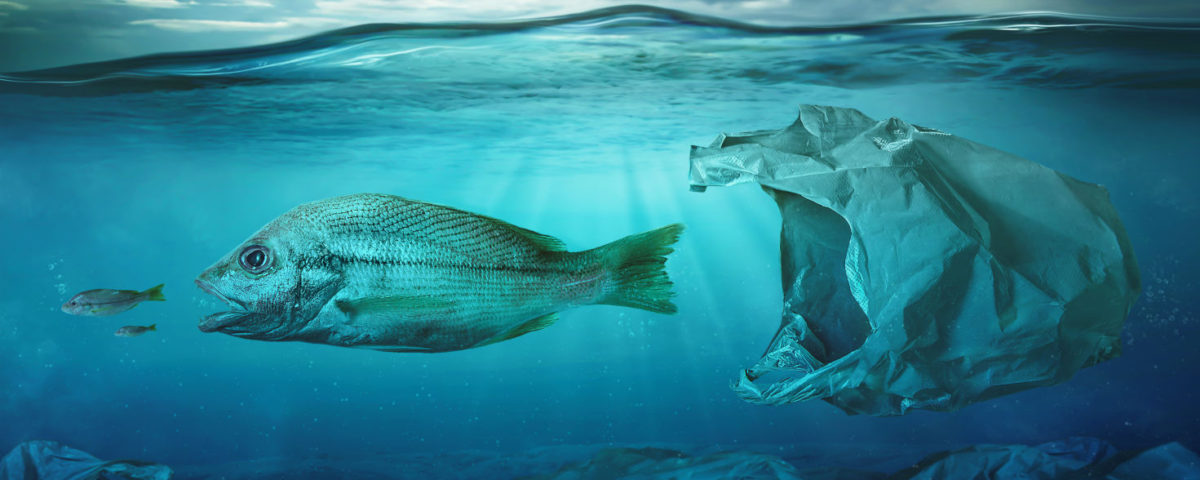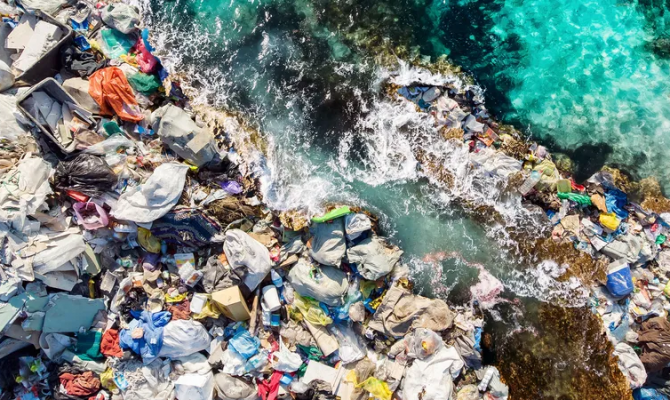Groundwater a diverse range of contaminants wind up in our earths’ lakes, rivers, streams,& eventually the oceans, ranging from large pieces of debris to invisible compounds. Drought, inefficiency, & an increasing population have all contribute to freshwater crisis, endangering the sources we depend on for drinking water & other essential requirements.
One pollutant in particular, PFAS, or poly and perfluoroalkyl compounds, has been discovered to be more frequent in our tap water than previously believed. PFAS is utilized in common things to make them resistant to water, heat, & stains; a few of these compounds have such lengthy half-lives that they’re dubbed “the eternal chemical.”
Water security is critical since, despite the fact that water covers approximately 70% of the globe, just 2.5 percent of that is fresh. Only 1% of groundwater is easily accessible, with the remainder of it trapped in glaciers and snowfields that are inaccessible. See also the Air pollution.
Water Pollution Has A Number Of Consequences.
Water contamination can be caused by a number of factors. Pollution can reach water directly, either legally or illegally, through factory discharges or inadequate water treatment plants, for example. Water supplies can be contaminated by spills & leaks from oil pipelines and hydraulic fracturing (fracking) operations. Wind, storms, and litter, particularly plastic waste, can all cause debris to enter waterways.
The biggest cause of water quality concerns in the United States is now “nonpoint source contamination,” which occurs when pollutants are spread across or via ground by rain & melted snow, thanks to decades of legislation & legal action against huge polluters.

Fertilizers, pesticides, & herbicides from farms & residences, as well as oil and harmful chemicals from highways and industries, silt, pathogens from animals, pet waste, and other contaminants, can all be found in runoff.
Finally, if the water is not properly cleaned, drinking water pollution can occur through the pipes, as happened in the case of Pb pollution in Flint, Michigan, & other communities. Arsenic, another pollutant in drinking water, can arise from both naturally occurring deposits and industrial waste.
Effects Of Freshwater Pollution
Human health issues, poisoned wildlife, & long-term ecosystem harm can all occur from water pollution. Excess nutrients including nitrogen & phosphorus from industrial and agricultural runoff often drive algal blooms, which subsequently create dead spots, or low-oxygen regions where fish& aquatic life could no longer survive.
Algae blooms can have negative health and economic consequences for humans, producing rashes and other diseases, as well as reducing tourism earnings at popular lake sites due to their foul odors and appearance.
Nitrate levels in water caused by nutrient pollution can be especially detrimental to infant, interfering with their ability to supply oxygen to tissues and perhaps causing “blue baby syndrome.”
According to the United Nations Food & Agriculture, agricultural contamination threatens 38 % of the European Union’s water bodies.
Unsanitary water sources have a global health impact within form of disease. As per the WHO, at minimum 2 billion people drink water tainted by excrement, and this water can spread severe diseases like cholera and typhoid.
Solutions For Freshwater Contamination
Many countries have enacted restrictions prohibiting business and agriculture from discharging contaminants into lakes, streams, & rivers, while treatment facilities ensure that our drinking water is safe to drink. Other methods of pollution prevention and cleanup are being researched by scientists.
Africa Flores, a National Geographic grantee, has developed an artificial intelligence model to better anticipate when algal blooms would occur. Several experts are researching strategies to reduce & clean up plastic pollution.
However, there have been setbacks. Pollution regulation is subject to shifting political winds, as evidenced by the recent relaxing of environmental laws that barred landowner from polluting the country’s waterways in the United States.
Anyone may contribute to the protection of watersheds by properly disposing of motor oil, paint, & other harmful items, keeping them off the road and out of the drain. Keep in mind that everything you flush & pour down the sink could end up in the water.
Use phosphate-free detergents & wash your car at professional car wash, which is obliged to safely dispose of wastewater, according to the US Environmental Protection Agency. Green roofs & rain gardens can assist people in constructed environments recreate a few of the natural filtration that woods & plants often provide.
